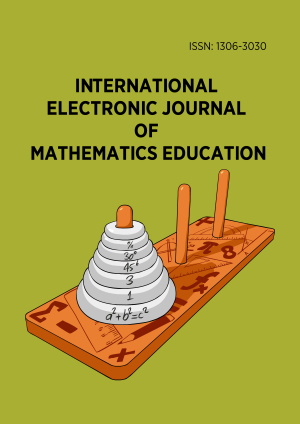Abstract
Primary mathematics education faces systemic challenges in translating curriculum reforms into classroom practice, exacerbated by teachers’ cognitive overload and limited support for pedagogical innovation. This study develops an Intelligent Teaching Design Assistant grounded in socio-constructivist and cognitive load theories to address these challenges. Thirty-four primary mathematics teachers participated in a quasi-experimental study. The Intelligent Teaching Design Assistant integrates Large Language Models with multi-dimensional knowledge bases (curriculum standards, teaching strategies, student profiles) and a multi-agent architecture (process planner, student simulator). The Intelligent Teaching Design Assistant significantly outperformed generic Large Language Models, improving overall lesson plan quality. This work pioneers a replicable pathway for AI to empower teacher agency and advance 21st-century educational transformation.
License
This is an open access article distributed under the Creative Commons Attribution License which permits unrestricted use, distribution, and reproduction in any medium, provided the original work is properly cited.
Article Type: Research Article
INT ELECT J MATH ED, Volume 21, Issue 1, February 2026, Article No: em0862
https://doi.org/10.29333/iejme/17447
Publication date: 01 Jan 2026
Online publication date: 19 Nov 2025
Article Views: 301
Article Downloads: 280
Open Access References How to cite this article
 Full Text (PDF)
Full Text (PDF)